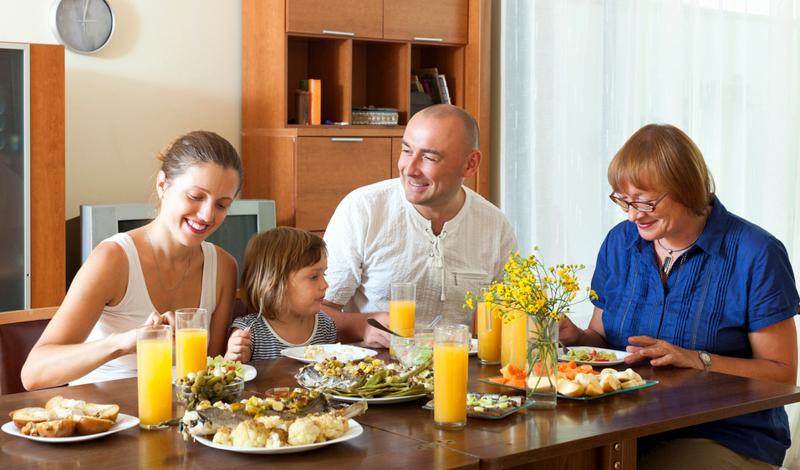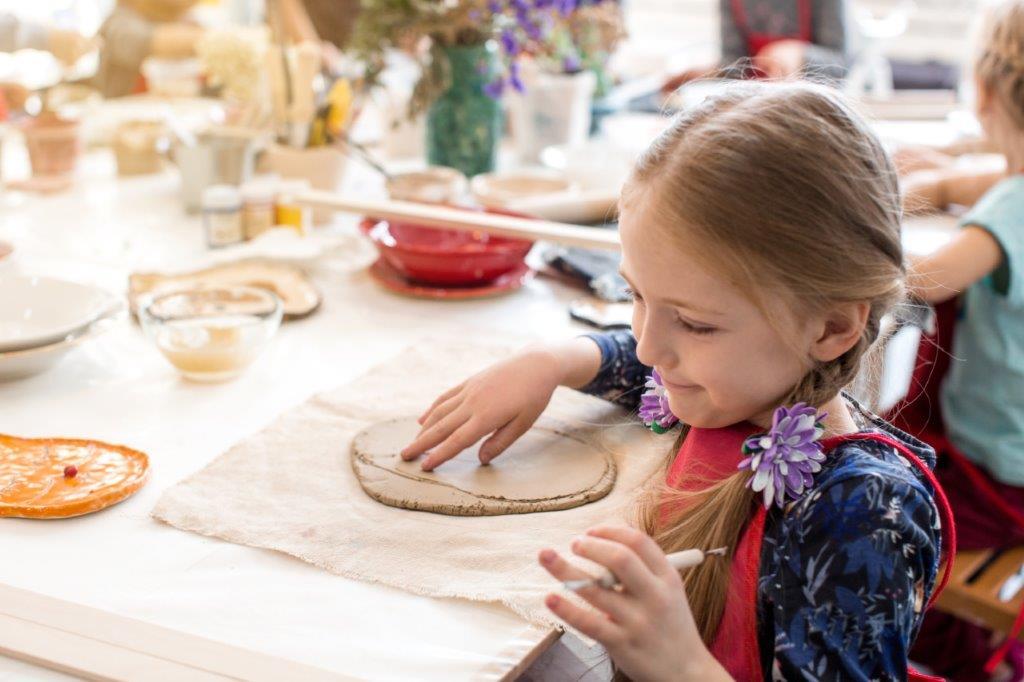Walking bleary-eyed into his kitchen one early morning, our son-in-law met with a beautiful sight: my toddler granddaughter waiting at the kitchen table. “Daddy, I made you a party,” she announced, smiling proudly.
She had indeed! There were flowers on the table; each person’s place had been set with a kiddie plate, napkin, graham crackers, and applesauce cup. The breakfast table was her natural choice to honor her Daddy at this family party. Even at the tender age of 3, she understood the family table to be a place of celebration, honor, and delight. But how did she learn that?




